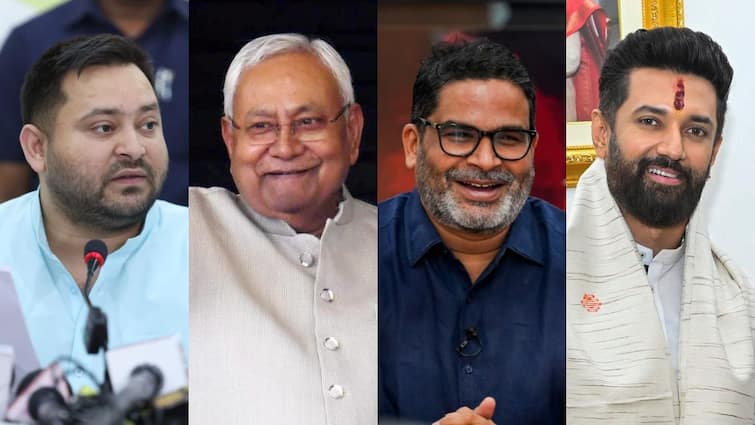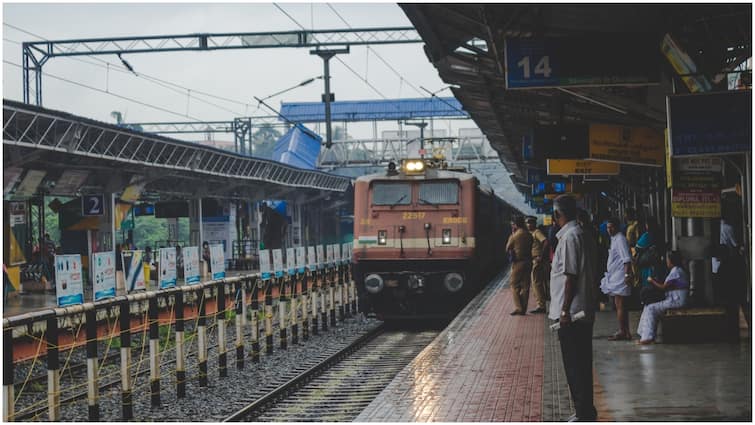As Bihar prepares for the 2025 Assembly elections, sources indicate that the BJP and JDU are expected to contest an equal number of seats, dividing the state’s 205 constituencies between them. In some scenarios, one party may field slightly more candidates than the other, depending on negotiations and electoral strategy.
Smaller NDA Allies’ Seat Sharing In Focus
The remaining 38 seats are likely to be allocated among the smaller NDA allies — the Lok Janshakti Party (LJP), Hindustani Awam Morcha (HAM), and Rashtriya Lok Samata Party (RLM). The BJP has offered 25 seats to LJP chief Chirag Paswan, seven to HAM leader Jitan Ram Manjhi, and six to Upendra Kushwaha’s RLM, India Today reported.
Negotiations with Chirag Paswan are ongoing, as the LJP seeks preferred constituencies for its leaders. If Paswan secures a larger share of seats, allocations for Manjhi and Kushwaha may be reduced. The report cited its sources saying, that in such cases, the BJP could compensate smaller allies with offers of Rajya Sabha or Legislative Council seats.
Election Schedule Announced
The Election Commission of India on Monday released the official schedule for the Bihar Assembly elections. Voting will be held in two phases: November 6 and November 11, with results declared on November 14. The term of the 243-member Bihar Assembly ends on November 22, making the election crucial for a smooth transfer of power.
Over 7.4 crore voters are eligible to cast their ballots, including around 14 lakh first-time voters. Phase 1 will cover 121 constituencies in central Bihar, including rural and flood-prone areas, while Phase 2 will cover 122 constituencies, primarily in border regions.
Key Contestants And Stakes
The ruling NDA, led by Chief Minister Nitish Kumar’s JDU and supported by the BJP, aims to retain power. The opposition Mahagathbandhan, comprising the RJD, Congress, and Left parties, seeks to challenge the alliance, while the Aam Aadmi Party (AAP) will contest all 243 seats, marking its electoral debut in Bihar.
Voter Dynamics And Influencing Factors
Several factors are expected to shape the outcome. The 33 per cent Extremely Backward Classes (EBC) vote, traditionally supportive of the NDA, is now being courted by opposition parties. Rising female voter turnout and improved infrastructure in north Bihar have also influenced the phased election schedule, adding further complexity to the electoral battle.



